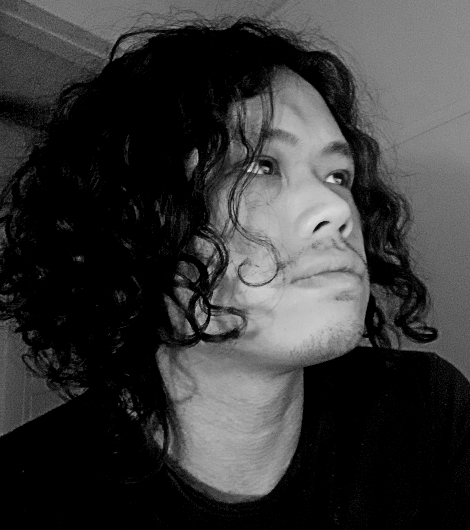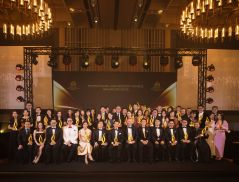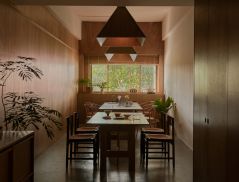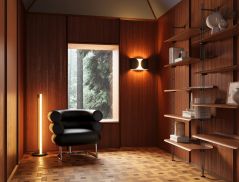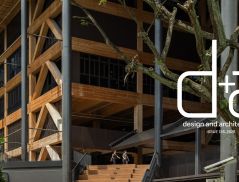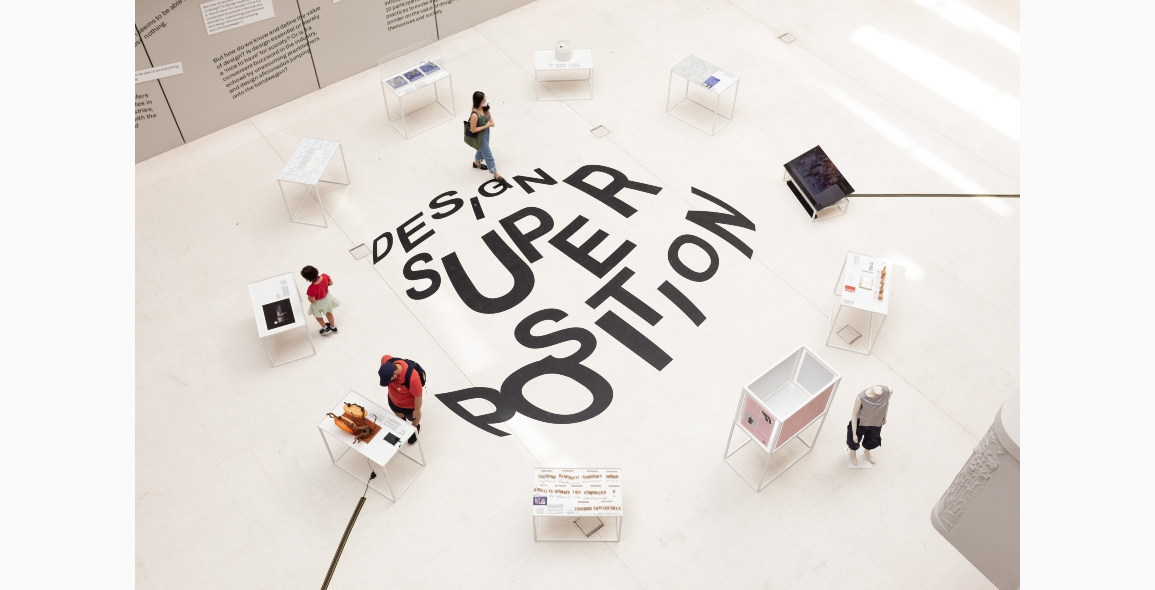
Design is taken for granted to make lives better, and to have a solution to everything that we ask for.
Why do we assume that design can do it all? Perhaps, asking questions through design is also an act of design.
In conceptualising Design Superposition, an exhibition staged by the DesignSingapore Associates Network (DAN) earlier this year, we thus began with a question: What would a world without design be like?
As part of this journey, we realised that we have yet to ask the epistemological question of how we know that design is design, especially its value as an economic driver and cultural developer for Singapore.
Our country developed too quickly for design to be deeply meaningful.
Design culture could not afford the luxury of time and space to emerge as a form of local knowledge from within; the foundation could not be fully set as external design tools and methodologies relentlessly accumulate as a service to the economy.
The competent tools that we continuously assemble are unsustainable without a culture.
This is why the limited Newtonian perspective in all things design and its industry needs to be challenged through Quantum perspective.
The former is a classical view of our world, where we take all things as it is. The latter challenges our world, imploring us to constantly question, measure and explore all the possible states of our world.
Design Superposition therefore sought to remove the weight of economy and methodologies.
Rewound to a state of superposition, the epistemological perspective of the production of design and industry takes on an introspective dimension.
Design can thus be evaluated as design, so that it can be looked at with new forms of measures and contemplation for new perspectives to emerge.
If design is to also take on an epistemological slant, then every design activity will inevitably be an archaeological tap into the layers of our individual and collective experiences.
This will give us a chance to provide value propositions that are unique to Singapore, and from Singapore to the world.
Design can create value propositions
In the Malay Archipelago, there is deep, immense pride in the nature, memories and traditions of the multi-faceted region and people, and it shows in their multitude of crafts and way of life in their eternal discourse with modern civilisation.
The region attracts worldwide visitors because it exudes irresistible charm through its unique memories.
Likewise in Japan, the craft of ikebana to the experience of the tea ceremony demonstrate how the Japanese culture of sensibility is not only part of their habit, but naturally embedded in their economic activities.
Unwittingly, the culture of Japan became a form of design language that is coveted worldwide.
These examples show the implications the development of culture has in creating value propositions that have an incredible range of specificity unique to the people, the regions and their economy.
In Singapore, we are mostly experiencing design and its impact from the perspective of consumption, but the world does not covet it and neither does it charm the world.
Design here, in all its genres, is to simply make things nice and consumable.
Strengthening Singapore’s design culture
In recent years however, new paradigms are not only emerging, but are also gathering critical mass, especially in the areas where we explore much deeper the aesthetic, cultural and socio-political aspects of design as an industry and their implications for society.
That said, artists, architects and graphic designers have historically strove to establish dialogue in these areas in tandem with their respective industries.
The DesignSingapore Council has of course acknowledged the need for other genres of design and creative activities to wean themselves from mere consumption by piloting the Good Design Research initiative.
In addition, the DesignSingapore Scholarship committee is known to be highly selective of potential scholars’ capacity to propose new designer-ly knowledge for Singapore’s design culture and industries.
Local superposition creatives and management committees have also emerged to give us a glimpse on the potential of design culture.
Through the process of subtraction, Hans Tan recalibrated our experience of regional vases with the Spotted Nyonya and Striped Ming series.
It literally blasts away a part of our dormant culture to increase our attention to artefacts that are already present in our memories.
Atelier HOKO unmasks our absurd relationship and experiences with objects and rituals in the Science of the Secondary.
They generate new designer-ly knowledge and alternative views on relatable everyday experiences.
In a fine example of ground up movement combined with top down design and management, hawker centres have been certified as an indelible piece of Singapore’s offer to the world by UNESCO’s Intangible Cultural Heritage committee.
A new approach needed
With the mindset of superposition, serendipitous and unique values of design can be discovered as we invest and immerse ourselves in the production of design culture and industries.
While design as an activity was popularised through the narrow lenses of marketing and economy, it is no longer sustainable and sufficient to be only nice and consumable (read: purely for economy).
Design must be taken out of “business” and be allowed to flourish through the individual and collective experience(s) of people, and to believe that such perspectives can be infused in the economy later.
Design has to also become an endeavour that we partake in to excavate and discover the beautiful things that Singapore has to offer.
If design continues to be nice and consumable, then Singapore will reach a stagnation of experience, and subsequently economy. It is what Vilem Flusser refers to as “total alienation”.
Nice is not similar to beautiful.
As my English teacher used to tell me, “Do not use ‘nice’ in your essay. It is very vague and it means nothing.”
“Nice” things are easy to design, maintain, convince and consume; they manage us comfortably.
Beautiful things challenge us with increased parameters and new patterns of arrangements; they elegantly nudge us by proposing new perspectives, so that we can change our lives to enrich our reality to offer to the world.
Our quest for a sustainable future is to tread the beautiful path between culture and economy.




 Share
Share
